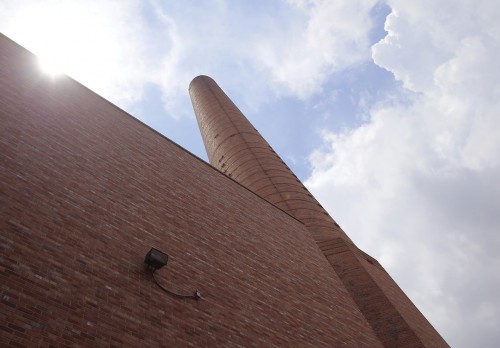
Vanderbilt will replace its coal-fired cogeneration facility, converting to natural gas to meet power needs of the university and medical center. The university’s Board of Trust approved the conversion during its spring meeting, and the project is expected to get underway this fall.
Currently, coal produces about 210,000 pounds of steam and 11 megawatts of electrical power at the university’s power plant. A natural gas boiler installed in 2002 has the capability to produce the remainder of the plant’s power: about 200,000 pounds of steam and 10 megawatts of electrical power.
The conversion is expected to cost around $29 million. Construction of the new natural gas facility will last approximately two years and will include installation of two natural-gas-fired boilers and one natural-gas-combustion turbine, which will cogenerate steam and electricity. All coal infrastructure also will be removed, including the three-story bag house and the smokestack, coal hoppers and coal silo.
“The conversion of the coal facility is consistent with the university’s increasing commitment to sustainability efforts across campus—from construction and dining to recycling and transportation,” says Jerry Fife, vice chancellor for administration.
Economic factors also played a role in the decision, such as natural gas supply and storage being at record levels resulting in lower and stable prices, increasing electrical costs, and escalating maintenance costs for the aging plant.
Vanderbilt has been producing steam and electricity to power campus and medical center buildings for more than 100 years. The power plant and its hub of underground networks began in their current location in 1923 and were expanded in 1964, 1980 and 1986 to add capacity and improve operations. In 1992 the current chiller plant was added to provide cost-effective air conditioning for campus buildings. During all these improvements the primary fuel was coal, with fuel oil and natural gas used as backup fuels.